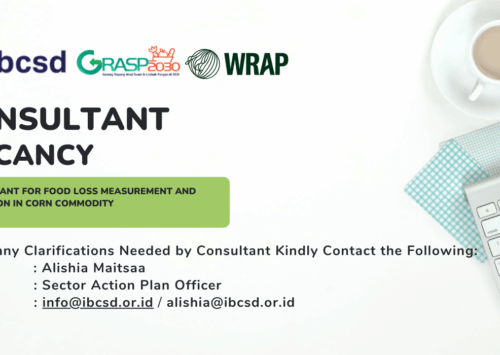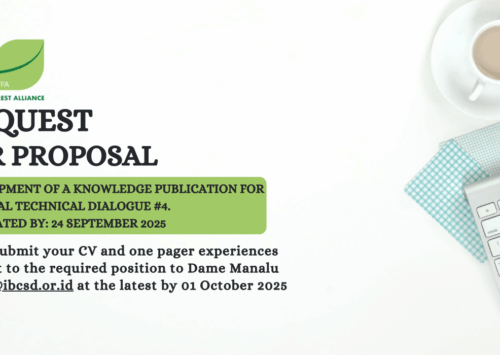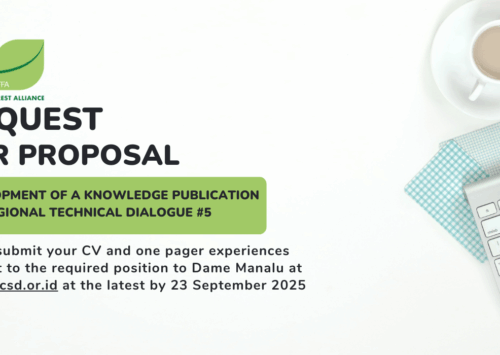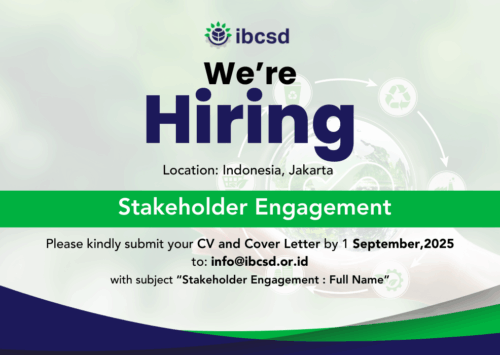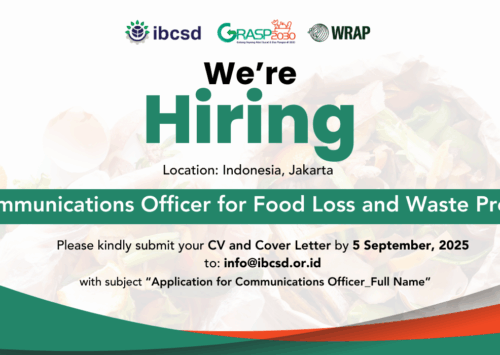The fashion industry is facing a pressing need to shift away from its traditional “take-make-waste” model, which is not only wasteful but also detrimental to the environment. Embracing circular approaches could create a USD $560 billion economic opportunity while significantly reducing the industry’s climate and nature impact.
Furthermore, Irene Martinetti, WBCSD’s CTI-Fashion Lead, highlighted that going circular in fashion can potentially reduce 26% carbon emissions, reduce 40% land use, and recover 9% biodiversity by 2030. She also provided an overview of the CTI Fashion Initiative.
To accelerate this transition towards circularity, WBCSD has introduced a standardized methodology known as the Circular Transition Indicators (CTI) system. The CTI system provides a quantitative and flexible framework to establish industry-wide standards, aiding companies in decision-making and scaling circular practices. It brings together fashion stakeholders to develop harmonized standards, metrics, and best practices.
The event also included an interactive panel discussion featuring , Director of Asia Pacific Rayon (APR), an IBCSD Member, and Anik Sengupta, President Director of Indo Bharat Rayon, ABG, a WBCSD & CTI-Fashion member. The panel was facilitated by Trisha Mascarenhas, Business Engagement Manager APAC, WBCSD.
“Engaging with the Asia fashion community on the project is essential to understand the challenges and opportunities of transitioning to circularity in the fashion industry and textile value chain in Southeast Asia,” said Indah Budiani, Executive Director of IBCSD.
The event was an intimate gathering, providing guests from Asia-based fashion and textile companies the opportunity to connect and discuss the industry’s shift towards circularity. It follows the ASEAN Flexible Packaging Summit 2023 and the Indo Pacific Circular Plastics Summit, creating a platform for valuable discussions and networking.
“Conventional ways to produce textiles are not relevant anymore. Companies should be transparent and able to ensure the traceability of the products,” said Basrie Kamba. He added that it’s also important to get everyone involved and to get the market ready for the circular economy model.

